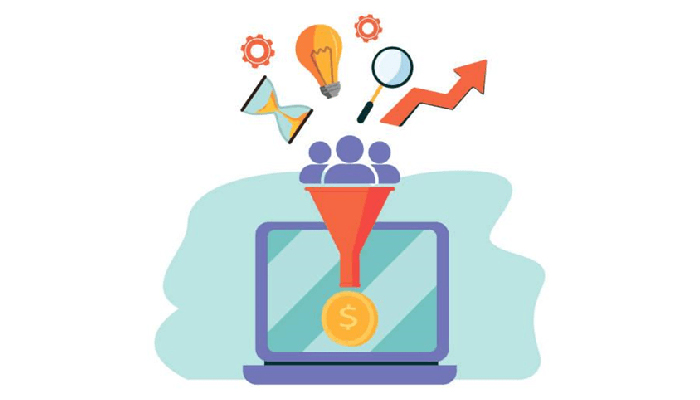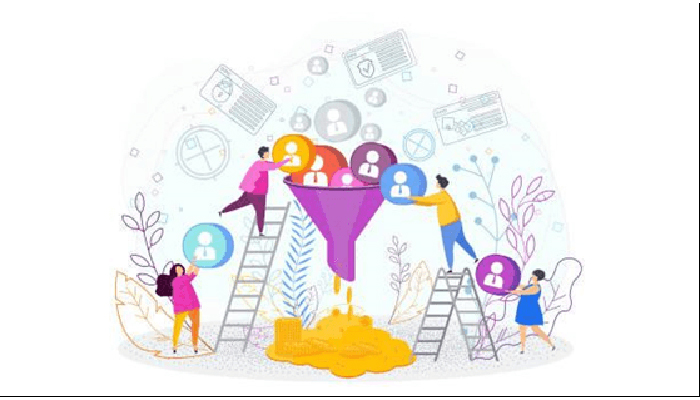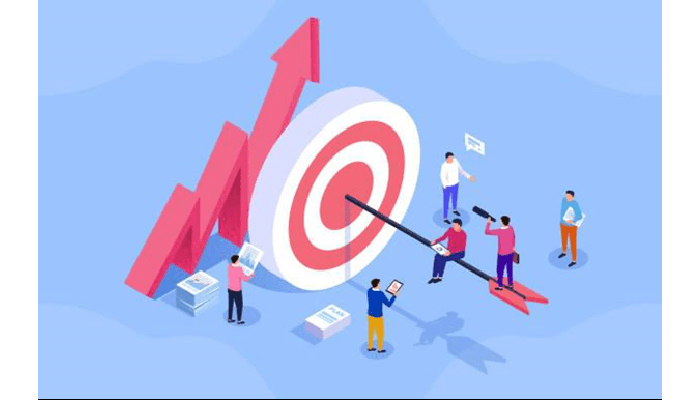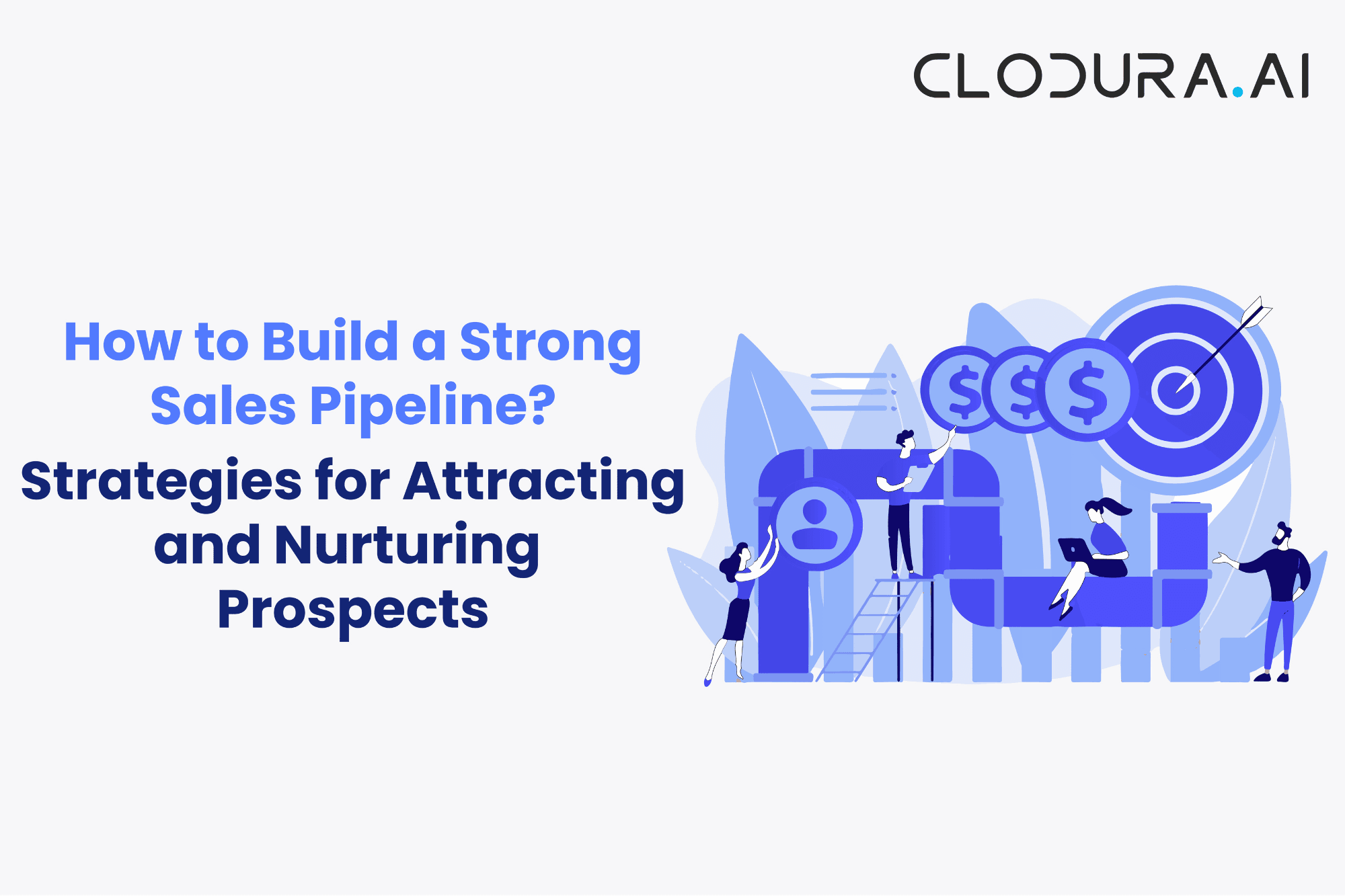Getting prospects into the pipeline,” “building your pipeline,” and “filling your pipeline with hot leads” are all sales terms that you'll often hear if you spend time in sales circles.
It's easy to overlook that "pipeline" is more than a trendy term. Instead, it's a crucial sales tool for any business involving sales management, and it can considerably affect your bottom line.
To visualize your entire sales process, the first thing you and your team can do is better understand the steps of a sales pipeline. This visual representation shows where your deals are in the sales funnel, where they are stalling, and which sales opportunities are helping representatives close deals and bring in the most money.
If you don't have a sales pipeline, you might be missing out on important data about how successful your sales process is and where your deals are at any given moment.
But we've got your back. In this expert guide, we’ll define sales pipelines, outline the stages of a sales pipeline, discuss how sales pipeline management can help you exceed more of your sales goals, and demonstrate how to create one on your own.
So, let’s dive in.
Sales pipeline - The What’s and Why’s
A smart way to see the successes and failures of your sales efforts is to establish an excellent sales pipeline. You can determine the typical timeline of your sales process and find ways to make it go more easily by monitoring your opportunities' progress through the various sales pipeline stages. Additionally, you can better identify a resource or skill gaps and forecast future revenue.
Once you've set the stages of your sales pipeline, the next crucial step is to fill the sales pipeline. More sales opportunities mean more chances to convert them into customers, which means more chances of profits.

According to HubSpot research, 72% of businesses with fewer than 50 new opportunities in their sales pipeline each month must catch up to their revenue targets. However, as chances grow, so does your chance of reaching your goals.
Knowing your sales pipeline through online course platforms or others will enable you to control how leads proceed and whether they purchase. As a result, you can engage in marketing activities, boosting the number of prospects who convert to paying customers and helping you develop more pertinent messaging for each step of the sales funnel.
Furthermore, it will help you understand what customers are doing and thinking at every sales funnel step.
6 Steps to Build a Sales Pipeline to Pack Hot Deals
Considering the significance of a sales pipeline as a tool for completing prospects, you should invest the necessary time to build one. Before you start putting one together, ensure you have precise information about your business, sales team, current clients, target audience, target market, product, and pricing.
Once you have the data, it’s time to go through the following 6 steps to create a solid sales pipeline for your operations.
Step 1: Refine Your Sales Cycle
A sales cycle is a journey, starting with awareness and closing a sale. It is the greatest indicator of your revenue. So, the first step you need to take is to refine your sales cycle.
Let’s break down the five crucial stages below so you can compare them to your own sales cycle.
- Engagement
When a potential customer expresses interest, salespeople contact them via prospecting letters or by having them come in inbound leads. Sales then qualify that lead by introducing the customer to valuable content and making them interested.
- Meeting
The next step is to run a discovery meeting with the buyer. You need to discuss the buyer's problems, demonstrate how your product can address those problems, and run a brief life or taped demo to showcase the product's functionality.
- Education
Use instructional videos, in-depth writing, or case studies to educate the customer about the features of your product. Making the customer feel informed about the product and personally involved with the salesperson is what your goal should be.
- Proposal
Now that you have enticed your client, it's time to define the parameters of your offering, spell out the details of the agreement, and draft a contract that the client will accept. Here you can use videos or other tools to define the scope of your products.
- Closing
Now that the deal is signed, it’s time for the delivery. It is also where you'll hand off your brand-new client for post-purchase activities like product onboarding. Finding what works best for your company may require several attempts at refinement. You'll discover that some stages become superfluous and learn about others you need.
Step 2: Determining the Right Buyers
Establish who you want to offer your products or services to before anything else. By researching your immediate competitors, you can create your ideal customer profile (ICP), giving you a better idea of the kinds of companies and personas that might find your solutions useful.
Make a thorough list of the prospective businesses and influential decision-makers. Use a tool to help you keep track of all the specifics because this list may be quite long. Some smaller businesses use simple tools like spreadsheets to manage this data, but it often needs more functionality.

Businesses need CRM, which centralises, evaluates, and updates all their data on prospects, leads, and customers to keep track of these specifics.
However, competitive sales firms have begun to spend on sales engagement solutions to close the gaps their CRM leaves behind. No matter how rapidly your company expands, managing and engaging the contacts in your pipeline is made simple by sales engagement platforms' automation of repetitive tasks, data cleaning, and machine learning.
Step 3: Leverage Your Social Network
Social selling is by no means an everyday thing. Though most sales teams already use social media for prospecting, many have yet to use these platforms to create pipelines strategically. A healthy sales pipeline depends more on quality than quantity, even though conducting many fundamental searches may help you find many new prospects.
Fortunately, many social media sites and outside tools provide strong search capabilities that, when strategically utilised, can be crucial in maintaining your sales pipeline full.

You probably already use social media, but this will enable you to take full advantage of it and turn it into one of your most powerful pipeline builders.
Step 4: Invest in Your Brand
Prospects want to know who they're purchasing from, not just the business itself but also the specific sales representatives they'll deal with. 77% of B2B buyers conduct online research before speaking with a salesperson.
Prospects may come across content, interactions, and profiles related to you as a sales manager or rep. Personal branding plays a significant role in your pipeline-building efforts.

Optimise your social media accounts by adding a professional headshot and a bio that lists your hobbies and interests personally and professionally. From there, consistently share and distribute content useful to and relevant to your audience.
Engage in conversation with clients, potential clients, and industry influencers to increase exposure and establish yourself as an industry leader. Your brand will be an important factor in building your sales pipeline if you are consistent in your efforts.
Step 5: Update Your Pipeline
You have created a pipeline and linked your current contacts and business opportunities. Now, how are you going to keep it up to date? Here, it's crucial to make it a habit to move deals along the pipeline. But how to do it?
The simplest way to achieve this is by visualising the pipeline's stages as a to-do list. Each stage corresponds to a task that your team needs to finish. For example, your team will advance a deal to the following step once an activity is finished.

Your team may need some time to adjust, but once they do, they'll find the pipeline a very good resource for tracking what is done, what they still need to do, and where each deal is in the pipeline.
Step 6: Revisit Lost Opportunities
Looking for new prospects might not be the solution if you're in a real rut and are struggling to meet your pipeline targets. Instead, it might be time to give your previous leads that didn't convert to customers another look.
Consider this: There are various factors why deals fail to develop. Perhaps a business passed on your product because it wasn't ready, because its purchasing committee was different from theirs now, or because it has made significant strides since it passed on it. The fact is conditions change.

Make a few calls and spend some time looking into your missed opportunities, and you could fill your pipeline with potential customers you previously believed were gone for good.
Conclusion
There is no denying that a sales rep's work in developing a sales pipeline can be thankless and routinely stressful. The mission is never truly finished, the reward is never guaranteed, and there is always a nagging worry that the pipeline will dry up. You'll have to compete for customers.
The good news is that creating a sales pipeline is now easier than ever. The strategies we reviewed today are just a few you can utilise to keep your pipeline strong and brimming with potential clients.
If you find yourself in a rut, remember that building a sales pipeline now will lead to greater success later!
Author Bio:
Divya is a marketer, nature lover & startup enthusiast. Founder of Unifiedist. She has an immaculate experience in SaaS SEO & GTM strategy. She always follows her instinct and travels with her Ikigai.
FAQs
Q. What is a sales pipeline?
A sales pipeline is a visual representation of your sales process, showing the stages that prospects go through before becoming customers. It helps you track the progress of deals, identify bottlenecks, and forecast future revenue.
Q. Why is a strong sales pipeline important?
A strong sales pipeline helps you stay organized and focused on the most promising prospects, which in turn can lead to higher conversion rates and revenue. It also helps you identify areas for improvement in your sales process.
Q. How can I nurture prospects in my sales pipeline?
To nurture prospects, you should provide them with personalized and relevant content, follow up with them regularly, and address any questions or concerns they may have. You can also use marketing automation tools to help you manage and track your interactions with prospects.
Q. How do I build a sales pipeline?
To build a sales pipeline, you need to refine your sales cycle, determine the right buyers, leverage your social network, create a lead generation strategy, nurture your leads, and measure and optimize your pipeline over time.
Q. What are some common pitfalls to avoid when building a sales pipeline?
Some common pitfalls to avoid include neglecting to define your target market and ideal customer profile, failing to qualify leads properly, and not following up with prospects in a timely and consistent manner. It's important to regularly review and analyse your sales pipeline to identify and address any issues.

